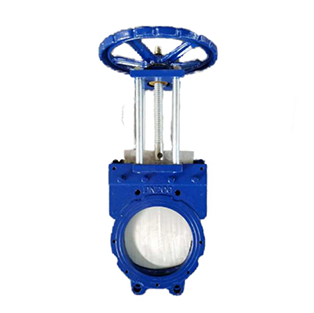Importance of Foot Valves in Centrifugal Pump Performance and Efficiency
The Use of Foot Valves in Centrifugal Pumps
Centrifugal pumps are widely used in various industrial and agricultural applications due to their efficiency and ability to handle a wide range of fluids. One crucial component that plays a significant role in the proper operation of these pumps is the foot valve. This article explores the function of foot valves in centrifugal pumping systems, their importance, and best practices for their use.
What is a Foot Valve?
A foot valve is a type of check valve installed at the inlet of a centrifugal pump, typically submerged in the fluid supply source, such as a well or a tank. Its primary purpose is to prevent backflow of the fluid when the pump is not in operation, ensuring that the pump remains primed and ready to operate efficiently when activated.
Functions of a Foot Valve
1. Prevents Backflow The main functionality of a foot valve lies in its ability to close automatically when the pump stops. This prevents the fluid in the discharge piping from flowing back into the source, thereby maintaining the priming of the pump. A well-primed pump is essential for efficient operation and prevents damage to the pump components.
2. Maintains Priming Priming a centrifugal pump refers to filling the pump casing with liquid to remove air and ensure efficient fluid movement. The foot valve helps in maintaining this primed state, significantly reducing the time required for the pump to be operational each time it is restarted.
3. Protects Against Cavitation Cavitation occurs when vapor bubbles form in the fluid and then collapse, which can cause significant damage to the pump impeller. By preventing backflow and maintaining the proper liquid level within the pump casing, foot valves help reduce the occurrence of cavitation.
4. Reduces Wear and Tear Since the foot valve prevents backflow, it minimizes the amount of water that the pump must re-prime every time it starts. This reduction in operating cycles can extend the life of the pump and lower maintenance costs.
Importance of Foot Valves in Centrifugal Pump Systems
use of foot valve in centrifugal pump

Foot valves are essential for achieving consistent and reliable operation of centrifugal pumps. Their proper installation and functioning ensure that the system can handle varying fluid levels without the risk of losing prime, which is crucial in applications such as irrigation, water supply, and industrial processes.
The absence of a foot valve can lead to frequent pump failures. When a pump loses its prime, it not only impacts operational efficiency but may also lead to costly repairs and prolonged downtime. Furthermore, a correctly functioning foot valve allows for the efficient transportation of fluids over long distances and through complex piping systems, as it contributes to maintaining the necessary pressure in the system.
Best Practices for Using Foot Valves
1. Select the Right Foot Valve It is vital to choose a foot valve made of compatible materials that can withstand the type of fluid being pumped. For instance, corrosive fluids require foot valves made from specialized materials to prevent degradation.
2. Regular Inspection and Maintenance Foot valves should be inspected regularly for any signs of wear or clogging. Periodic maintenance can include cleaning the valve to remove debris that may hinder its operation or replacing damaged components.
3. Ensure Proper Installation The installation of the foot valve should be performed accurately, ensuring it is submerged adequately in the fluid and not positioned in an area prone to sediment build-up. This position ensures smooth operation and prevents obstructions that could affect valve performance.
4. Monitor System Performance Keeping an eye on pump performance can help detect issues early. Unusual vibrations, noise, or changes in flow rates may indicate problems with the foot valve or other components of the system.
Conclusion
In conclusion, foot valves are essential components of centrifugal pump systems, ensuring efficient operation by preventing backflow, maintaining priming, and protecting against cavitation. Their importance cannot be overstated, as they contribute to the overall reliability and longevity of the pump. By following best practices in selection, installation, and maintenance, users can maximize the efficiency of their pumping systems and prevent costly downtime. As with any mechanical component, understanding and addressing the role of the foot valve is key to achieving optimal performance in centrifugal pump applications.
-
The Versatility of Ball Valves in Fluid Control SystemsNewsJun.10,2025
-
The Practical Benefits of Centerline Butterfly ValvesNewsJun.10,2025
-
The Benefits of Bellows Seal Globe Valves for Industrial SystemsNewsJun.10,2025
-
The Advantages of Offset Butterfly ValvesNewsJun.10,2025
-
Ductile Gate Valves: Strong, Reliable, and Essential for Every SystemNewsJun.10,2025
-
Cast Iron Gate Valves: A Reliable Solution for Every SystemNewsJun.10,2025
-
Why Choose a Brass Gate Valve for Superior Performance and DurabilityNewsMay.09,2025




